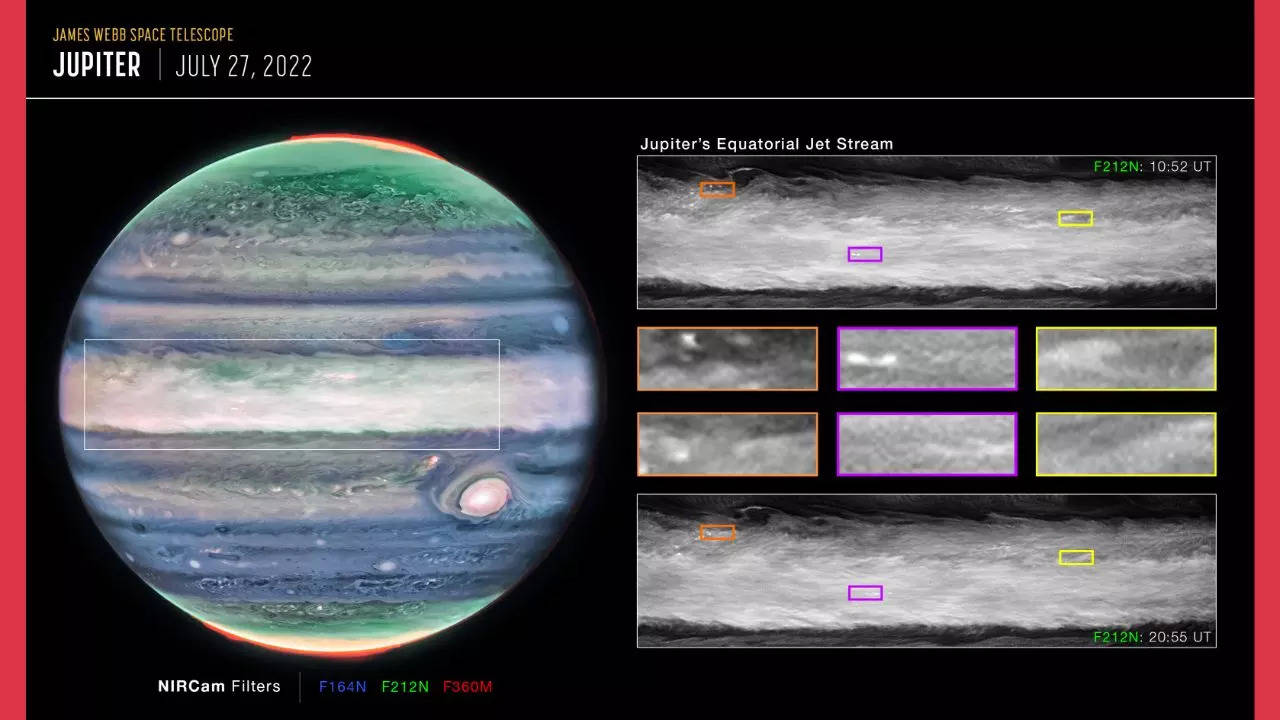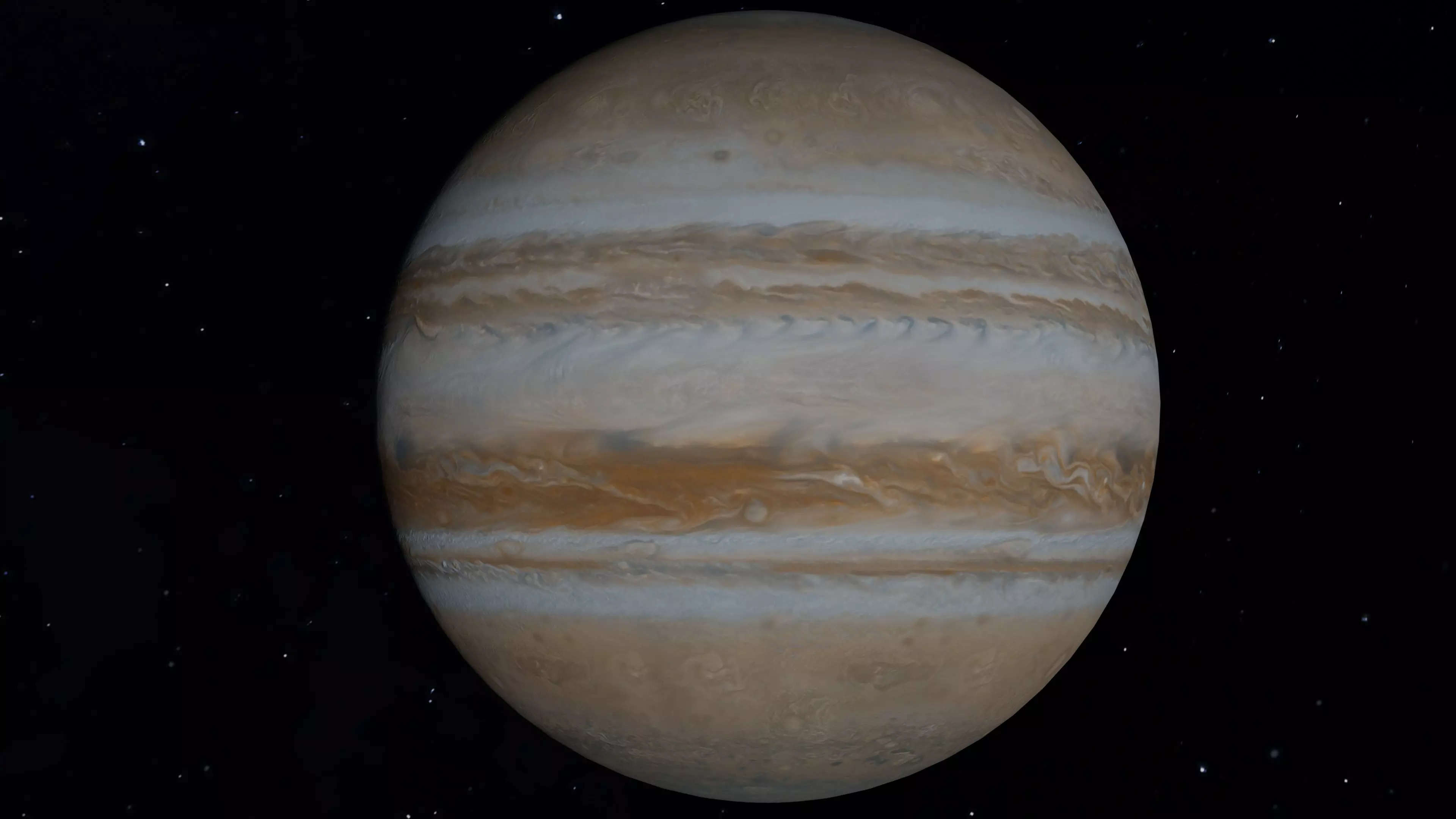This imagery provides valuable insights into the dynamic processes at play within this gas giant, which has long piqued the curiosity of the scientific community. These winds are so potent that, were they to occur on Earth, they could swiftly devastate entire cities.
Ricardo Hueso, the lead author of a study on these findings, expressed his astonishment at the breathtaking velocity of these jet streams. Even after years of monitoring Jupiter’s clouds and winds, Hueso remains amazed by the new revelations.

All of these findings have been documented in the respected journal, Nature Astronomy. But why should we take notice? These recent discoveries suggest that the jet streams on Jupiter might rival the strength of Category 5 hurricanes on Earth, offering critical insights into the turbulent nature of the gas giant’s atmosphere.
Researchers anticipate that these crystal-clear images will enhance our understanding of cloud formation on the planet and its complex weather patterns. Michael Wong from the University of California, Berkeley, explained that the different wavelengths observed by the Webb and Hubble telescopes allow for the examination of the three-dimensional structure of storm clouds. By analyzing the timing of the data, including specific timestamps and time-related information associated with the James Webb Telescope’s observations, they can gain insights into how rapidly these clouds form.

Jupiter is plagued by a multitude of clouds and hazes, along with strong wind patterns and temperature fluctuations near the equator. Scientists predict that these high-speed winds will undergo significant changes in the next two to four years.


